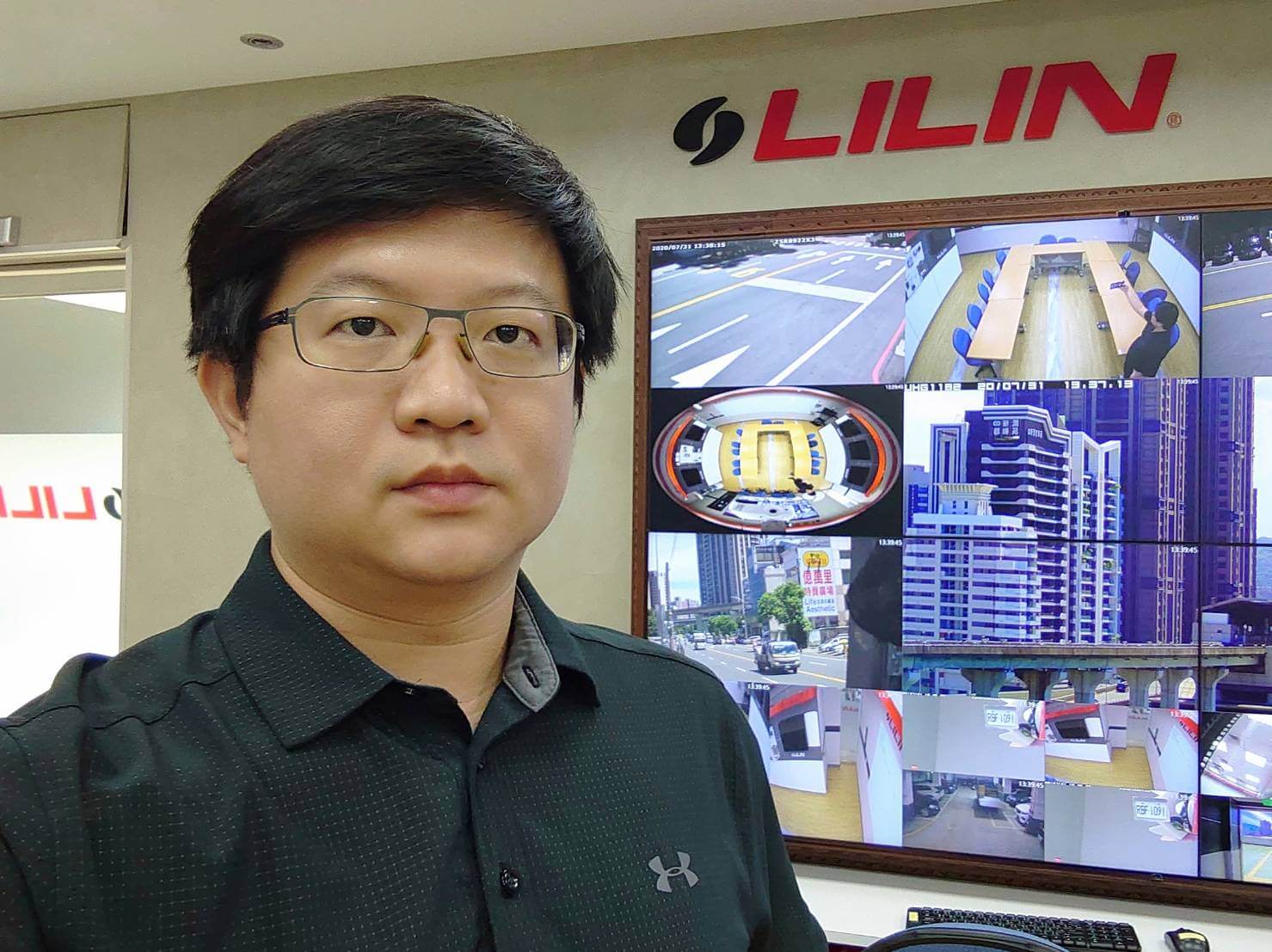With the COVID-19 pandemic going on, facial recognition engines with high accuracy and high performance can help users address their contactless access and other needs.
Increasingly, facial recognition is used for security and management purposes in different verticals. In fact, with the COVID-19 pandemic going on, demands for facial recognition have become higher from users who look for contactless solutions. In this regard, facial recognition engines with high accuracy and high performance can help users address their various needs.
In access control, different biometrics are used to authenticate people. For the longest time, the fingerprint has been the most popular biometric given its accuracy and lower price. Yet more and more, users are turning to facial recognition, which is contactless and can accelerate the authentication process. In fact, with the current pandemic going on, demands and inquiries for facial recognition have increased.
Diverse range of applications
 Jack Wu, Product Manager,
Jack Wu, Product Manager,
LILIN
Facial recognition applications are quite diverse and vary across different vertical markets. The following are some examples.
Enterprise – In enterprises, facial recognition coupled with the user’s existing video surveillance system can scan multiple individuals at the same time, allowing speedy entry especially during rush hours.
Residential – In certain residential buildings (especially the luxury ones), strict access control needs to be in place to prevent intruders from going into residential areas. As such, facial recognition can be deployed in the elevator vestibule to block out non-residents.
Factory – Factories have critical data areas where strict access control must be deployed – this is especially true for semiconductor foundries where they keep critical, confidential customer data. In these cases, facial recognition serves as an ideal second authentication factor to prevent fraudulent use of cards. It can also be used to prevent tailgating into these areas. Further, for staff safety, factories can rely on facial recognition, which can detect staff who are not fit to operate or who do not have access to certain dangerous equipment.
Supermarkets – Facial recognition can be deployed for access control to sensitive or off-limits areas for example warehouses. Management can check who has worked overtime. Further, when integrated with central monitoring, facial recognition allows staff at branch A to seamlessly go to branch B even if his face information is not stored in the branch B server.
How facial recognition contains COVID-19
Meanwhile, amid COVID-19, facial recognition can integrate with the user’s temperature camera for monitoring or contact tracing should an individual show symptoms or be determined to have infected the disease. In this regard,
LILIN’s facial recognition can help with the disease’s control and prevention.
“Conventional thermal solutions only do live temperature checks and monitoring. But with the pandemic, performing smart searches and contact tracing on people who are infected has become critical, and our facial recognition can enable that,” said Jack Wu, Product Manager at LILIN. “Even if the end user entity is visited by someone whose face is not stored in the library, his facial features and body temperature at the time of visit will be stored in the system for smart search later, should it become necessary.”
How LILIN facial recognition stands out
To fulfill the demands and requirements at end user entities across different verticals, facial recognition that can accurately capture faces in various scenarios is needed. In this regard, LILIN’s facial recognition works with the user’s existing video surveillance system – this way the user does not have to install a door-side facial recognition reader that scans individuals one-by-one, which is time consuming. Besides that, LILIN’s facial recognition offers various advantages. Among them are:
High accuracy – The facial recognition achieves 99.82 percent accuracy when matching against one photo alone. Matching the face with more photos of the individual can raise the accuracy level even more.
High capacity – The facial recognition supports 10,000-face library or more, allowing authentication of multiple individuals at the same time, accelerating entry into buildings.
Elevated angle – The facial recognition supports angle of elevation of 30-45 degrees and side angle of 40-50 degrees. “This means the end user can use their existing video camera placed on the ceiling. The system can effectively recognize individuals walking by from different angles,” Wu said.
According to Wu, LILIN’s facial recognition is already deployed in factories in Southeast Asia, where the manufacturing sector is quite robust; as well as in semiconductor foundries in Taiwan which are required to strictly control access to sensitive data areas. The facial recognition engine is also deployed in luxury apartments in Taiwan and the U.S. to control access to elevators.
Further, it is deployed in supermarkets in Japan for warehouse management and time-attendance, and even in churches in Southeast Asia to block out non-members, Wu said.
Unique applications beyond access control
Indeed, facial recognition can have unique, special applications beyond access control. These include keeping factory workers safe and even COVID-19 containment. In the post-pandemic world, we can expect more video surveillance players to develop facial recognition algorithms that help solve the user’s security, management and even disease prevention needs.